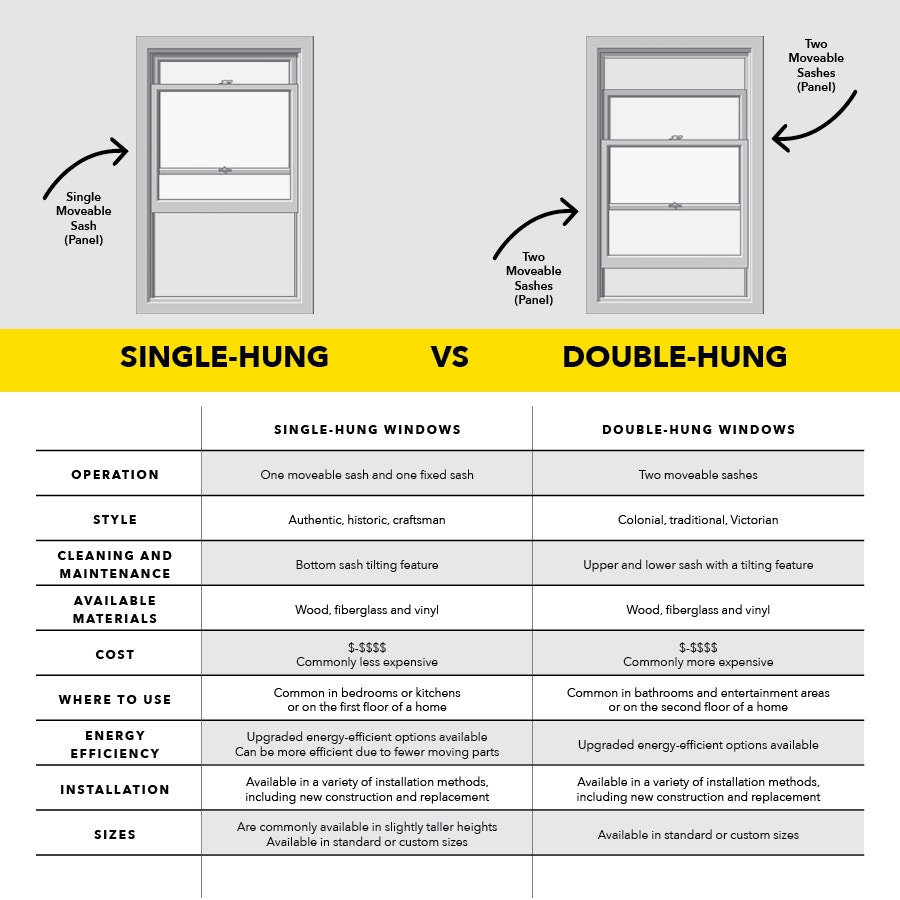Comparing Single-Hung vs. Double-Hung Windows
Learn about what makes single-hung and double-hung windows unique.

ByPella Corporation
Published 2021-07-16
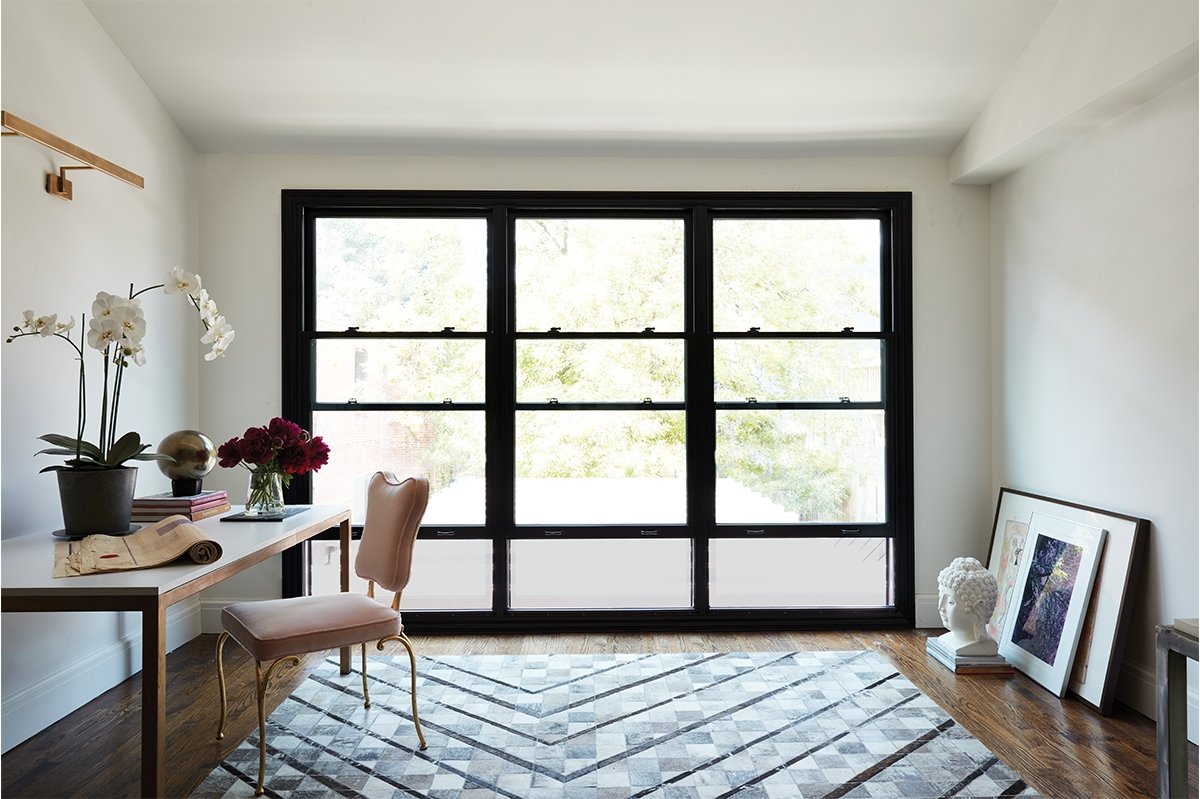
Single-hung and double-hung windows are popular in many home designs and a variety of home styles. While there are several things that make single-hung windows and double-hung windows similar, there are a number of differences that can affect your home. As we compare single-hung windows to double-hung windows, you will learn about the differences to find the perfect choice for your home.
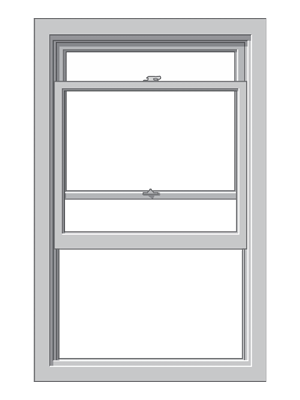
What is a Single-Hung Window?
A single-hung window, also known as a single-sash window, is a type of window with a lower, operable sash and an upper, fixed sash. This means that the bottom part of the window slides up and down, while the top part remains stationary. Single-hung windows provide ventilation through the bottom sash.
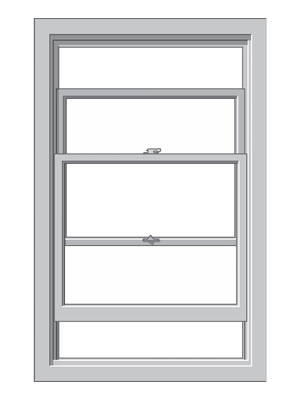
What is a Double-Hung Window?
A double-hung window, also commonly referred to as a double-sash window, is a type of window that has two operable sashes that slide up and down. There are two main operable parts of a double-hung window — the top sash and the bottom sash. They are both able to open to provide ventilation. Because heat rises, warm air is able to escape out of the top sash, while cool air from the outside is able to flow through the lower sash opening to help provide increased comfort. This makes them an excellent choice for two-story homes.
What is the Cost Difference Between a Single-Hung and Double-Hung Window?
When comparing a product line, the price of a single-hung is typically less expensive than a double-hung. Because there are fewer moving parts, it costs less to construct a single-hung window. In addition to the number of moving parts, the material of the window also influences pricing. Wood is commonly our most expensive material because it offers the most opportunities for personalization. Vinyl tends to be our least expensive material and provides low-maintenance options for your home.
5 Considerations For Choosing a Single-Hung or Double-Hung Window
At Pella, single-hung and double-hung windows are available in wood, fiberglass and vinyl. Wood single- and double-hung windows provide an authentically traditional, historic aesthetic for your home. Fiberglass single-hung and double-hung windows are an incredibly strong and durable option to create a timeless look. Vinyl single- and double-hung windows are a high-quality, energy-efficient option for traditional homes.
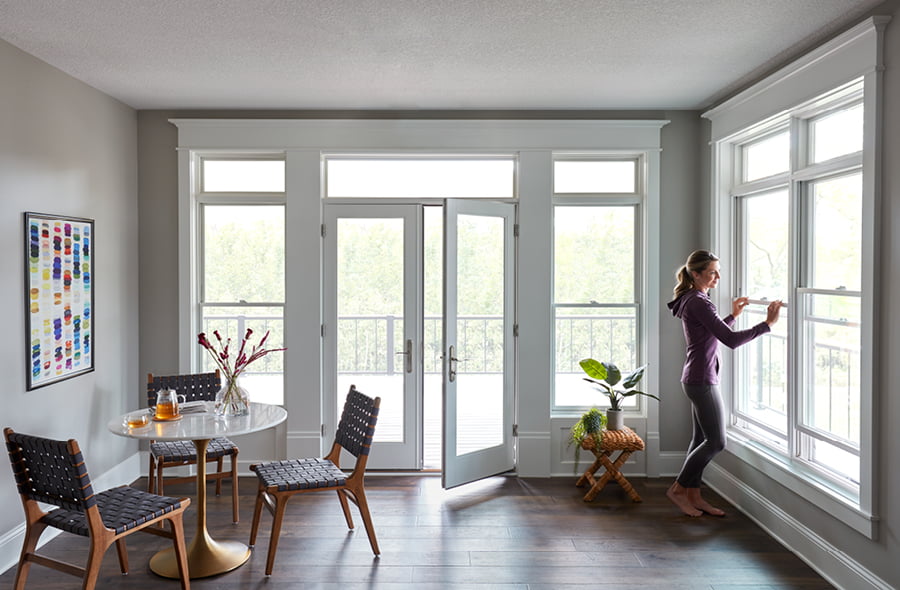
1. Cleaning & Maintenance
There are many benefits to cleaning your windows on a regular basis. Cleaning a single-hung or double-hung window from inside your home is easy — simply spray the glass with a vinegar and water cleaning solution and wipe clean with a microfiber or lint-free cloth. Wipe down the window frames, hardware and surrounding trim with water. Pella wood and vinyl single-hung windows have tilt-latches which allow you to tilt the bottom sash in toward the home to easily clean the exterior of the bottom sash. This allows you to wipe the outside of your bottom sash clean while standing inside. To clean the top sash of a single-hung window, you must wipe it clean from the outside. Please note that tilt functionality is not available on Pella’s fiberglass single-hung windows. However, all double-hung windows have tilt-latches on both sashes, so you can clean the exterior of your entire window from inside your home. Double-hung windows are popular on the upper level of homes since you can conveniently clean both sides of the window from inside the house.
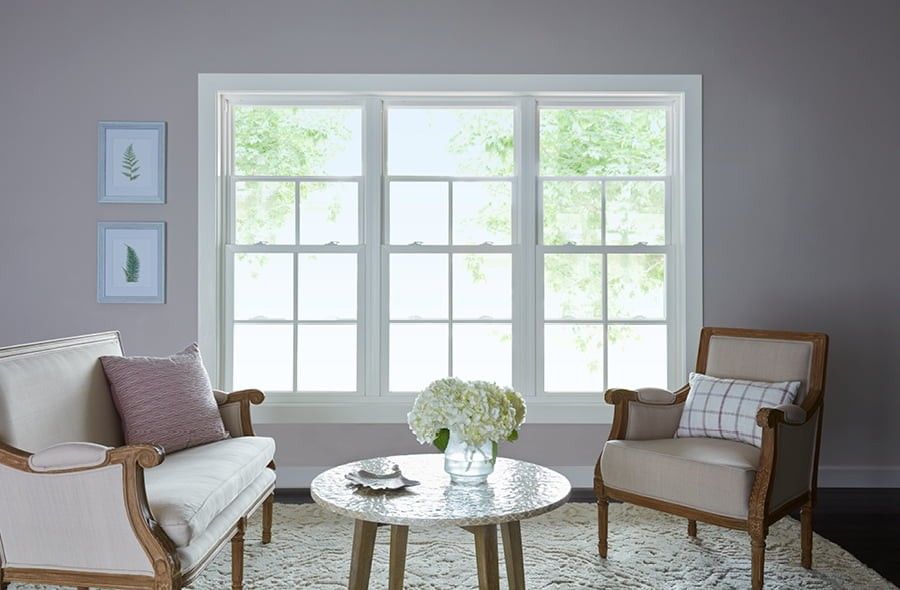
2. Ventilation
Both single-hung and double-hung windows open to provide ample airflow for your home. The biggest difference in ventilation has to do with which sashes open and close. With a double-hung window, you can slide open the top sash, bottom sash or both to allow air to flow into and out of your home. On a single-hung window, only the bottom sash slides up to allow airflow. The top sash is fixed and does not open.
3. Cost
The price of a single-hung window is typically less expensive than a double-hung. It costs less to construct a single-hung window because there are fewer moving parts involved. In addition to the number of moving parts, the material of the window also influences pricing. Wood is commonly a more expensive material because it offers the most opportunities for personalization. Vinyl tends to be a less expensive material and provides low-maintenance options for your home. Fiberglass is typically priced somewhere in the middle.
4. Energy Efficiency
Both window types are engineered with energy efficiency in mind, but the frame material brings an additional layer of efficiency. Vinyl and fiberglass windows come with multi-chambered frames, which help to slow the movement of heat. This will keep your home warm in the winter and cool in the summer. Fiberglass single-hung and double-hung windows are available with optional insulating foam, helping to keep your home more comfortable year-round. And wood single- and double-hung windows are made from a natural insulator, helping to increase your home’s efficiency. Single-hung windows can be slightly more efficient, as there are fewer moving parts which reduces the opportunity for air infiltration.
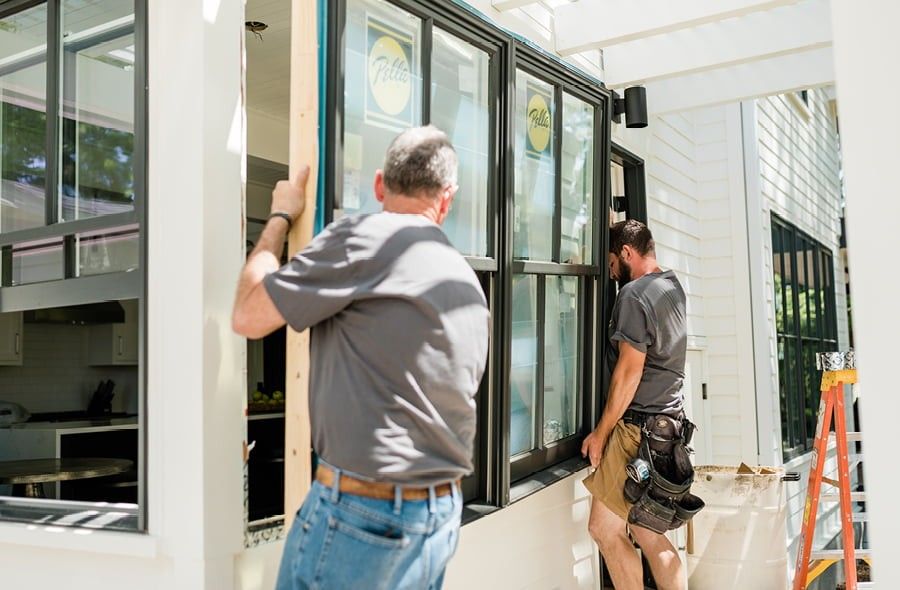
5. Installation
Single-hung and double-hung windows are available with a variety of installation types and methods. Both window types can be used in new construction homes, as well as replacement or remodel projects. As you’re working to install your windows, it is important to think about the seal around your window that helps to protect your home from wind and water. Shimming is important to help provide an optimal seal between the weatherstrip and the frame, which helps to keep your home protected.
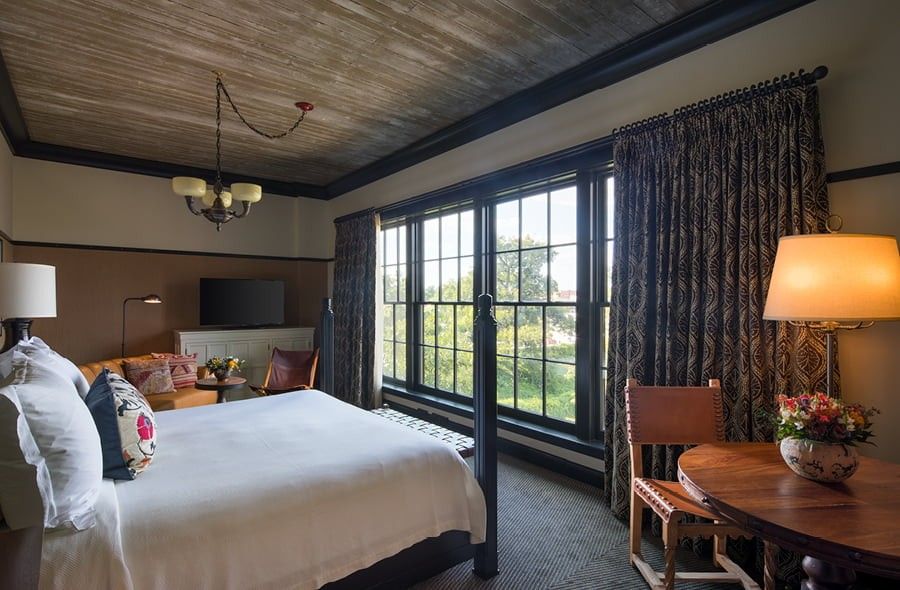
6. Size
When comparing wood single-hung versus double-hung windows, double-hung windows are available in larger sizes. A single- or double-hung window is available in sizes as small as two feet wide by three feet tall and double-hung windows are available as large as six feet wide by 12 feet tall. With bigger windows, you will have more natural light stream into your home and increased ventilation. For a cost-efficient option, choose a single-hung window instead of a double-hung window higher up on a wall. This will allow you to maintain your desired aesthetic while staying at a lower price point by not including an operable top sash in places that are hard to reach.
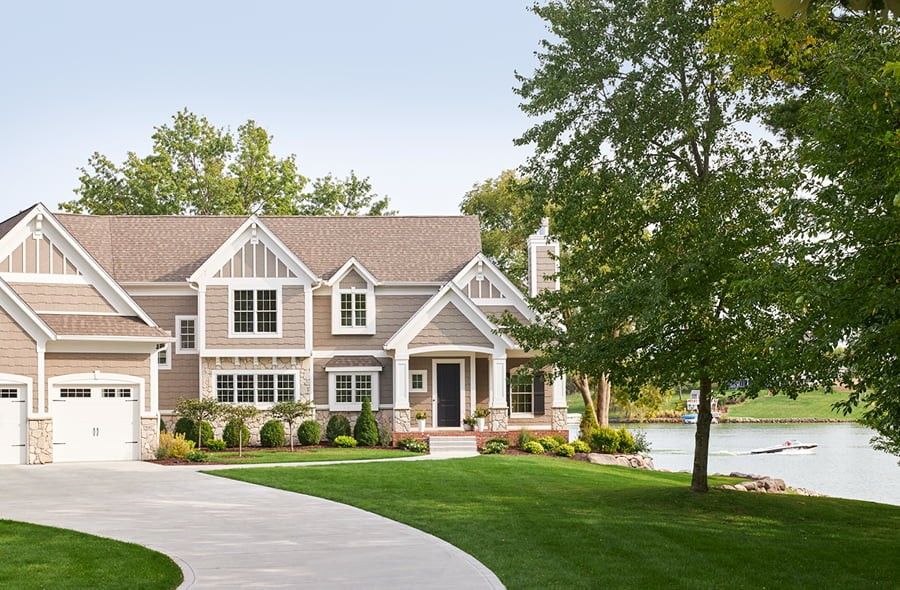
Popular Home Styles with Single-Hung and Double-Hung Windows
Single-hung and double-hung windows are typically found in homes that lean more traditional. You can commonly find single-hung windows in homes that are more authentic with a historic aesthetic. Single-hung windows are also the hallmark of a craftsman home. Double-hung windows are common in homes with a colonial, traditional or Victorian aesthetic and design.

Where to Use Single-Hung and Double-Hung Windows
Single-hung and double-hung windows are a great option for a variety of home styles. To find the right window for each room, consider how easy it will be to clean or open and close the window. If your space is hard to reach, such as over a kitchen sink, consider using a single-hung window. With a single venting sash, it will be easier to operate. Single-hung options are also great for rooms that don’t require as much ventilation, such as a bedroom. If you have more room to reach both the top and bottom sashes, a double-hung window is a great option. Because double-hung windows are able to tilt in toward the home for cleaning, they’re the perfect fit for rooms on the second story of your home, or where cleaning is difficult outside. Double-hung windows can commonly be found in rooms such as a busy family room or bathroom.
